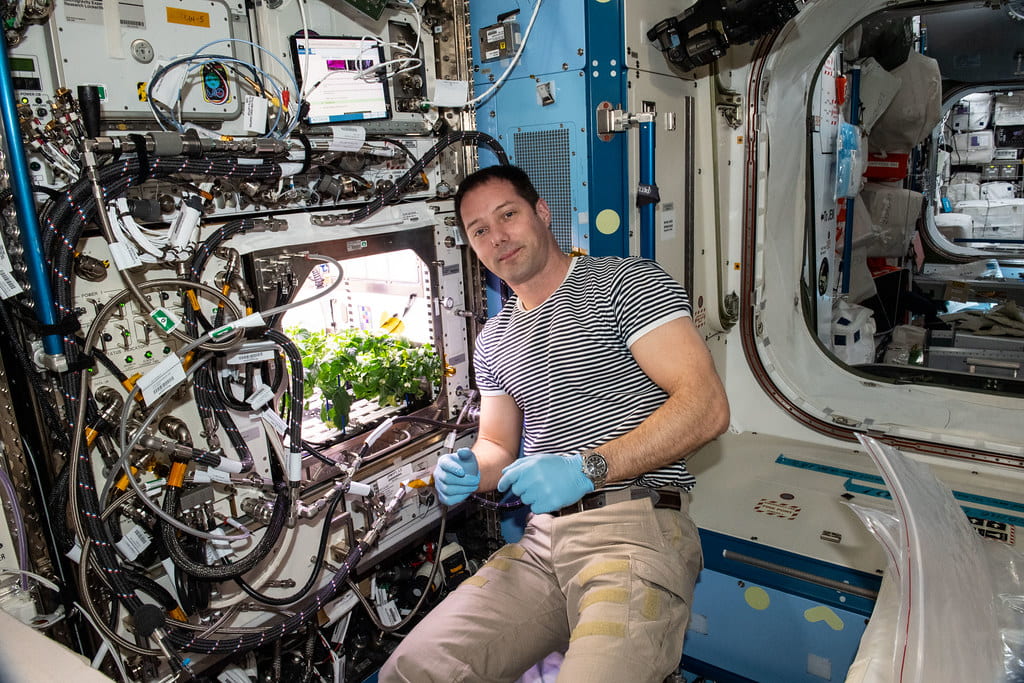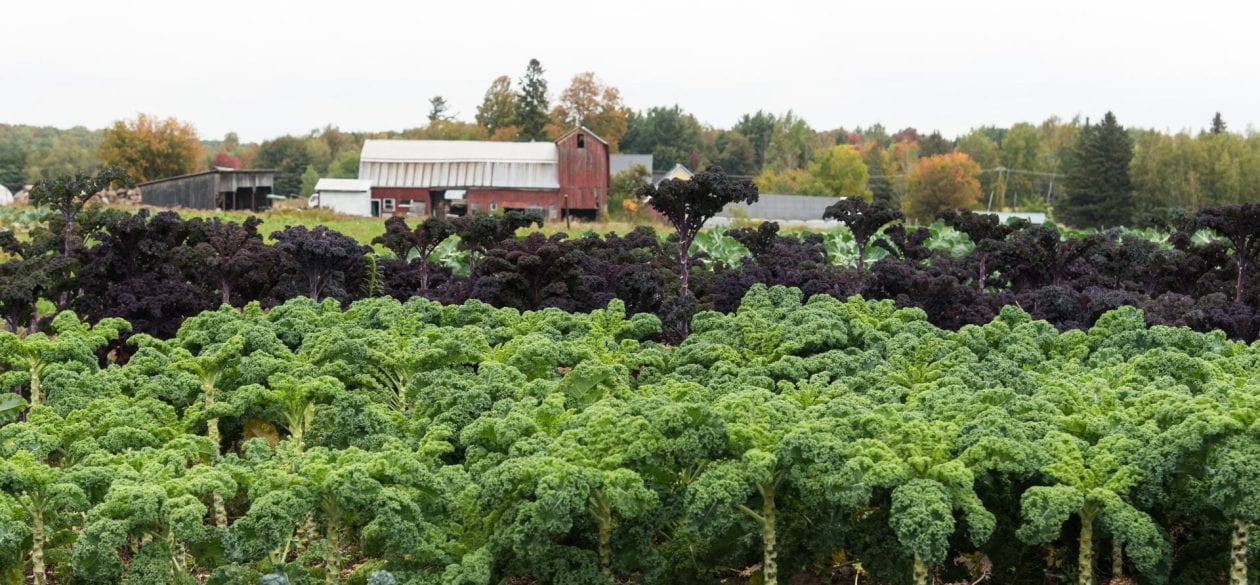The start of the growing season looms near and with a shudder I imagine the vicissitudes that our farm’s early season plants will face. In the third week of April we will have onions ready to transplant in the field, as well as the first succession of broccoli and kale. April through May in the North Country is pretty consistently a miserable time for vegetable plants. Transplants that began their life in our warm greenhouse, even after judicious hardening, go on strike when set in wind strafed fields of cold soil. Early direct seeded crops are slow to germinate and once sprouted grow reluctantly. Cold soil means low nutrient availability so organic growers often struggle to feed spring crops sufficiently. Spring here is also marked by frosts, violent winds, wild swings in temperature, cutworms, flea beetles, ravenous post-hibernation woodchucks and in several recent spring seasons, long periods with little to no rainfall.
What does a gardener do? Occlude. This is the fancy term for covering or otherwise keeping your plants from direct contact with the savage realities of life outdoors. We cover acres of our early crops with row cover, a lightweight fabric that allows air, light and water to pass but not insects. Row cover warms the soil beneath and so encourages growth of your crop – as well as weeds. Even old, torn stuff works well to keep out dumb insects like cucumber beetles, but if you are trying to keep out clever pests like Leek Moth, Colorado Potato Beetle and Flea Beetle you will need undamaged covers and then carefully and completely seal the edges with soil. In my experience, woodchucks tend to leave covered crops alone.
Row cover is not always helpful with wind. When laid over wire or PVC hoops it can protect your plants from moderate winds but when a serious blow arrives, the whipping and tossing covers can thrash your plants. The expensive row cover itself is at risk in high winds. More than once, we have laid out several thousands of dollars worth of row cover and within days had to haul it to the dump after being shredded in a tempest. It is always true, but especially in the spring, that a gardener should keep an eye on the weather. Another challenge of row cover is the way it hides the plants from sight. To investigate what is going on underneath you have to unfasten and lift an edge of the cover, stoop and peer in, making it harder to casually and regularly keep an eye on the crop.
Be aware that lightweight row cover will give your plants about 4 degrees of frost protection (down to 28 degrees, you should be okay) but if the row cover is laying directly on the plants, even light frosts can damage the leaves of tender crops beneath. Managing row cover laid over hoops is an artform, but when done right, does offer you frost protection as advertised. Heavier weight row cover is sold which grants you more degrees of protection. Also beware of how much work is involved with row cover. Anything you need to do to your crop plants, especially weeding but often harvesting too, requires you to first remove the cover. . . and then replace it when you finish.
The warming effect of row cover is not always desirable and so we also use a screen-like product called Proteknet. Netting allows more light, water and air to pass than the fabric-like products and so better suits crops in the allia (onion relatives) and brassica (cabbage relatives) families that prefer cooler temps. It is quite expensive but lasts much longer than row cover.

The negatives listed here seem to outnumber the positives, but from my perspective, it is either use row cover to reliably produce early vegetables (and to set up later summer crops for success) or forgo it and run a high risk of getting shut down by spring cruelties. Besides the allia and brassicas we cover, we consider it a mandatory part of the care we give for all our cucurbits (squash relatives) and melons. Our early fields are almost entirely covered with various kinds of covers until about the first of June when we start peeling them off.
During April and May it looks like we are trying to farm on the moon, where nothing can live outside of Quonset shaped structures where artificial atmospheres are maintained. I don’t like the look of the place then, but I sure like how we can show up for our customers with nice early produce.

Dan Kent grows diverse organic vegetables in Lisbon, NY under the name Kent Family Growers. The farm’s produce is marketed through the CSA model as well as wholesale outlets in the North Country and downstate. Originally from Henderson, NY, Dan started the farm in 2003 following some years as a cargo-bicycle courier in California, a sternman on a lobster boat, and a farm apprentice in Maine. He recently served on the CCE board of directors for two terms.
